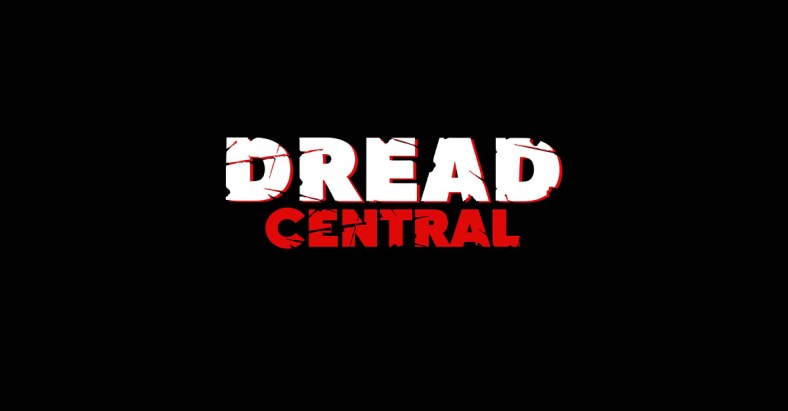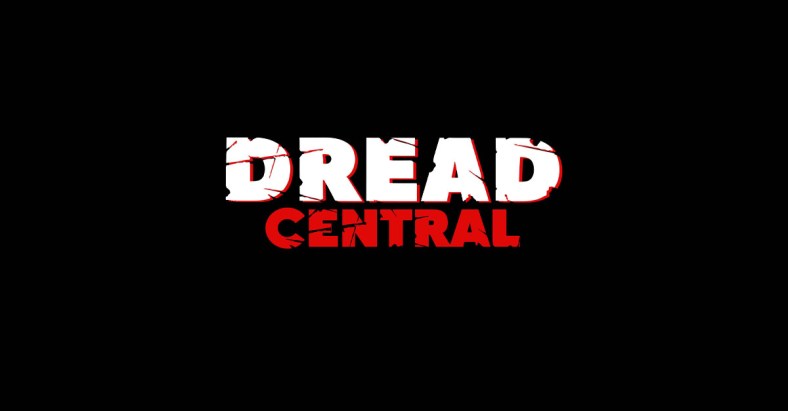Frankenstein: The Most Human of the Monsters

No one asks to be born. Life is a gift to be cherished; there’s no debating that. But it’s a gift foisted rather than welcomed. We all come into the world the same way: kicking, screaming, mewling, and begging to be placed back into the warm, safe hearth that was our home for the prior nine months. Our circumstances differ, but our beginnings remain the same.
Then, as we grow and mature, we count on our loved ones for support and security until we feel strong enough to venture into the all-too-often harsh world on our own. Our experiences and encounters, as well as the relationships we forge, inform who we are and what we become. A rather facile description of life, granted, but this is not a dissertation on existentialism. Rather it’s a piece about my favorite movie monster, Frankenstein’s Monster.

Movie monsters are many, but the one whom I’ve always related to the most is Frankenstein’s. Like all of us, Frankenstein (and for the balance of this piece, I will refer to him by the more popularly accepted nomenclature “Frankenstein” as opposed to the more accurate “Frankenstein’s Monster”) was brought into a world not of his own volition, but rather on the whim of his maker. The character was created by Mary Wollstonecraft Shelley in her 1818 novel Frankenstein; or, The Modern Prometheus and adapted into its most popular incarnation in James Whale’s seminal 1931 film Frankenstein. The character’s origins, mental acumen, physical appearance, and ultimate circumstances differ greatly from page to screen, and those differences won’t be explored here except to say that Shelley’s story was as much a philosophical and moral exploration of the perils of “playing God” and meddling with forbidden knowledge as it was a Gothic/horror novel.
The film too touches on those themes, although much more subtly than in the novel. A line, uttered by Dr. Henry Frankenstein (an amazing Colin Clive) in the film immediately after giving birth to his creation, “In the name of God, now I know what it feels like to be God!” was deemed too blasphemous, and several states cut the offending line from prints of the film. But what is the act of birth if not “becoming god,” albeit very temporarily, by giving life where whence there was none? But what resonates more with me are the feelings of rejection, unwantedness, and unacceptance that the Monster (Boris Karloff, in one of the most iconic performances in film history, aided and abetted by the virtuoso creature design and makeup of Jack Pierce) experiences.
There is so much pathos in Frankenstein that it’s almost unbearable. Who among us has not felt, at one time or another, unloved, unwanted, unaccepted, misunderstood, lonely, ugly, rejected, different from the norm or unable to fit in to “natural” society? Frankenstein from birth to “death” (he did, of course, not really die and returned for the even-better sequel Bride of Frankenstein) experiences all of that. Thus, Frankenstein’s Monster makes for cinema’s ultimate outsider, and also the most human of all the monsters.
After Frankenstein is given life, brought like us all into a world he never asked to be a part of, Henry is discussing his creation with his colleague Dr. Waldman. Dr. Frankenstein mentions that his creation (for all intents and purposes, his son) has only been alive for a few days, and “Wait until I bring him into the light,” echoing the expectations that all parents have for their children. We then get our first glimpse of the Monster, and he’s as docile and innocent as can be. He obeys Henry’s command to sit, and it is then that he is given light. The look on Frankenstein’s face as he reaches into the sunlight for the first time is heartbreakingly beautiful, but he is quickly denied that simple pleasure. His hands even reach out in a pleading gesture for more. Sunlight, in this context, can easily be viewed as a metaphor for a parent’s love.

Suddenly, Henry’s malformed assistant Fritz runs in bearing a torch and immediately screams in horror upon viewing the Monster’s “ugliness.” Frankenstein is soon subdued and chained and left to be taunted and whipped by Fritz, who’s probably happy to torment someone even more socially unacceptable than he is. Not knowing any better, and thus far experiencing only violence, Frankenstein kills Fritz.
Instead of understanding and protecting his son, Henry agrees with Dr. Waldman that Frankenstein should be killed. And thus the rejection begins. Henry’s creation has not lived up to his expectations and, hence, must be shunned. Frankenstein is quickly locked away in order for his monstrous appearance to not be seen by Henry’s father nor Henry’s fiancée, Elizabeth. The poor beast is then abandoned by the only parental figure he ever knew and is left to be experimented on by Waldman. Again, knowing no better as he has not been given anything remotely resembling love and acceptance, Frankenstein chokes Waldman and escapes into the world at large, well before his “maturity.” It’s a world he has never encountered before, nor one he is prepared for.
At this point we come to the film’s most controversial scene. Frankenstein has thus far been responsible for two deaths, but they can be justified as self-defense. Craving acceptance and companionship, Frankenstein finds a young girl, Maria, playing by the river. Instead of recoiling in terror, she takes the monster’s hand and asks him to play. Again, the look on Karloff’s face as Frankenstein smells a flower and feels acceptance for the first time is achingly beautiful and simultaneously heart-rending.
We all know how this ends. Frankenstein and Maria toss flowers into the river, and upon seeing them float, Frankenstein, in his naiveté, surmises that Maria would as well. He picks her up and tosses her into the drink. She does not surface. A cold-blooded murder this was not, and the look of sheer horror when Frankenstein realizes what he has done attests to that. He simply was never taught any better.
Nonetheless, this is the impetus for the villagers to shun the monster en masse and chase him through the village, torches in hand. Henry joins the lynch mob, the ultimate betrayal of a father to his son. Ultimately, the doctor and his creation meet and fight on top of a mountain and later a windmill. This is a fight for sheer survival on the part of the confused Monster, who still cannot comprehend why his father/creator hates him so. Ultimately, the villagers burn the windmill to the ground with Frankenstein still in it, thus erasing the village of the outsider, the reject, the one who does not fit in. Karloff’s screams as he’s seemingly burned and crushed to death are beyond mournful.
In a nice bit of irony, the ultimate outsider has, in the ensuing years, become an ingrained piece of the pop culture firmament, the Karloff/Pierce visage adorning everything from toys to postage stamps to loot bags to commemorative plates. Children every year dress up as the monster for Halloween, and when they stare in the mirror and view themselves made up in all the hallmarks of the character – the haphazardly stitched scars, the flat skull, the green skin, the oversized shoulders, the thick-soled shoes, the electrical bolts attached to the neck – perhaps they grin. But maybe they do so because what they are seeing staring back at them is not just a wonderful costume but, rather, a reflection of a monster that in some weird way embodies what it really means to be human.
Categorized:Editorials News

